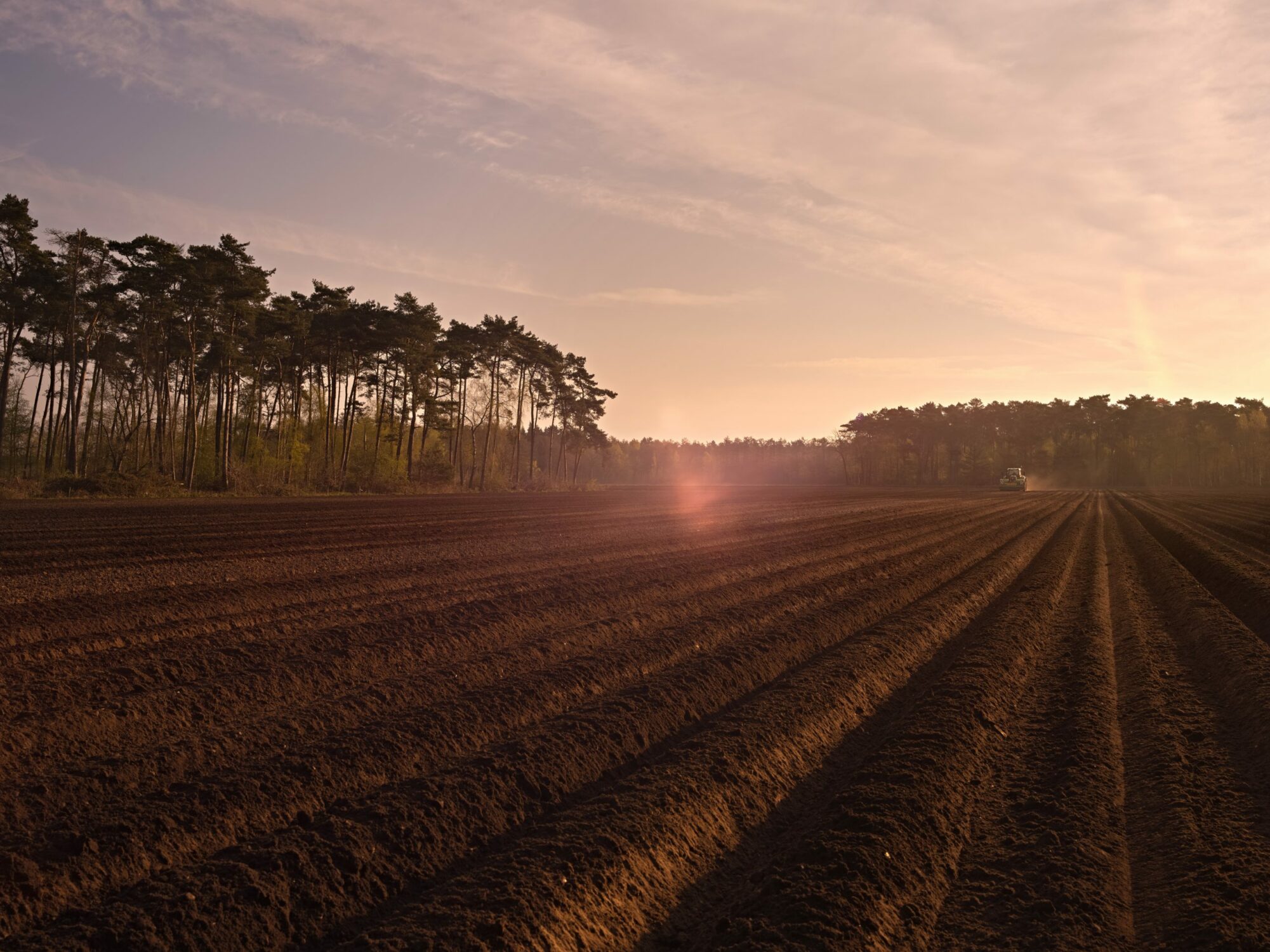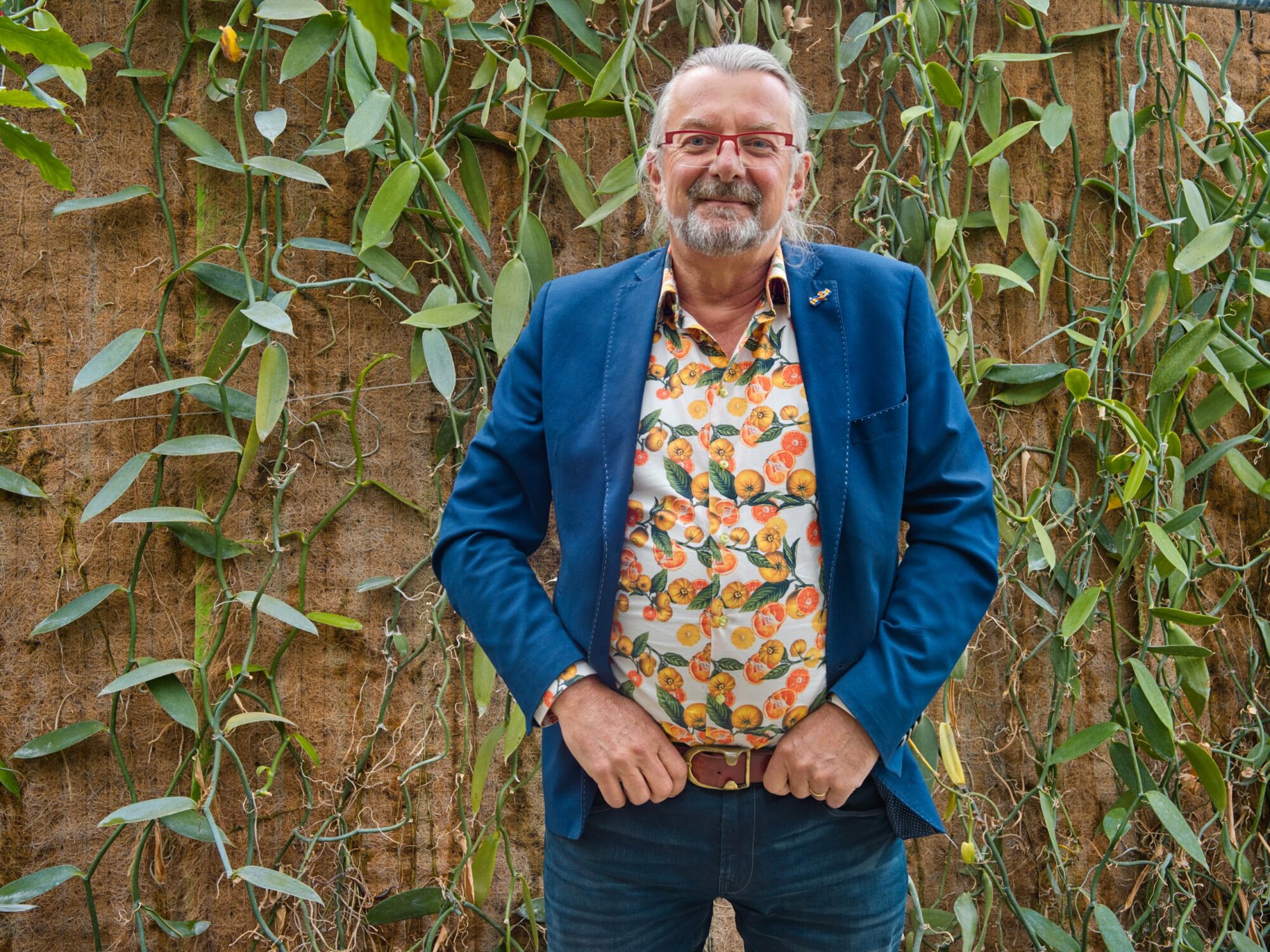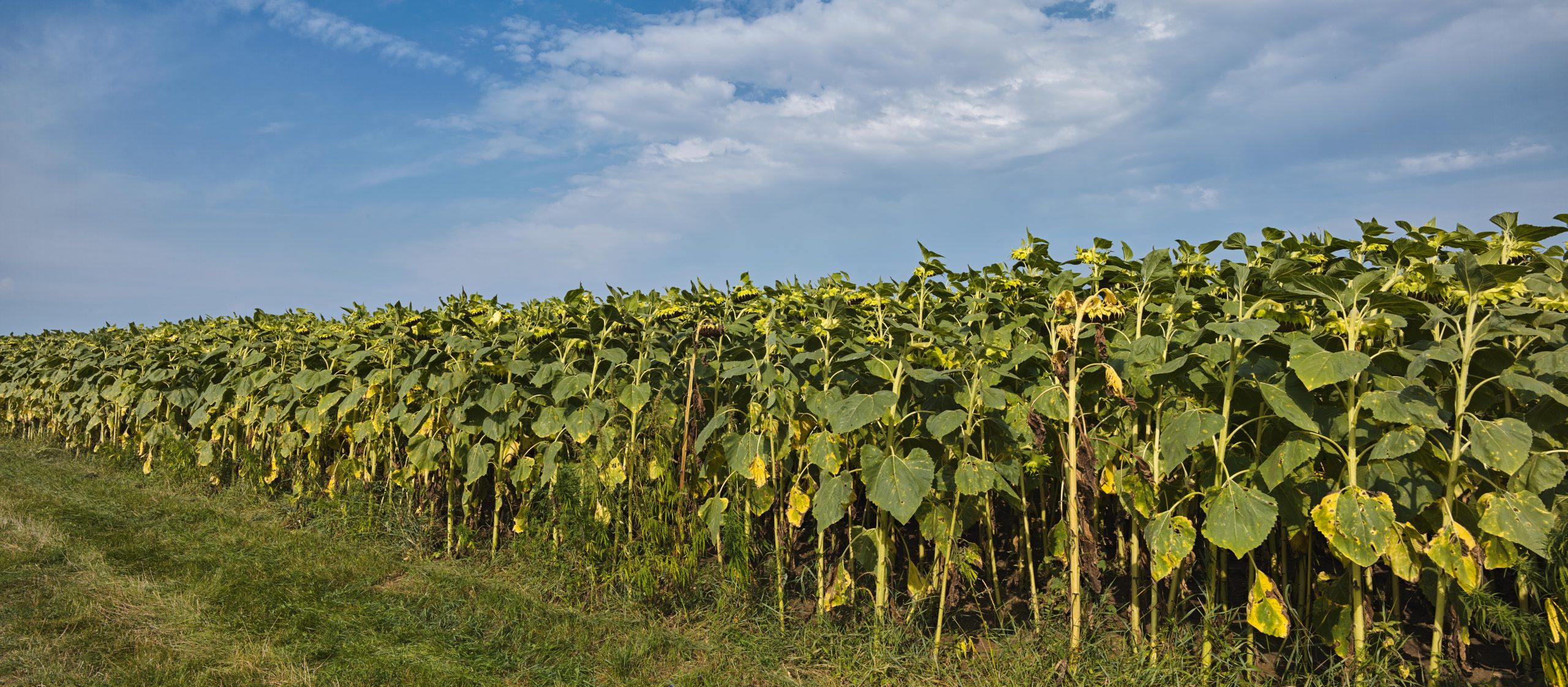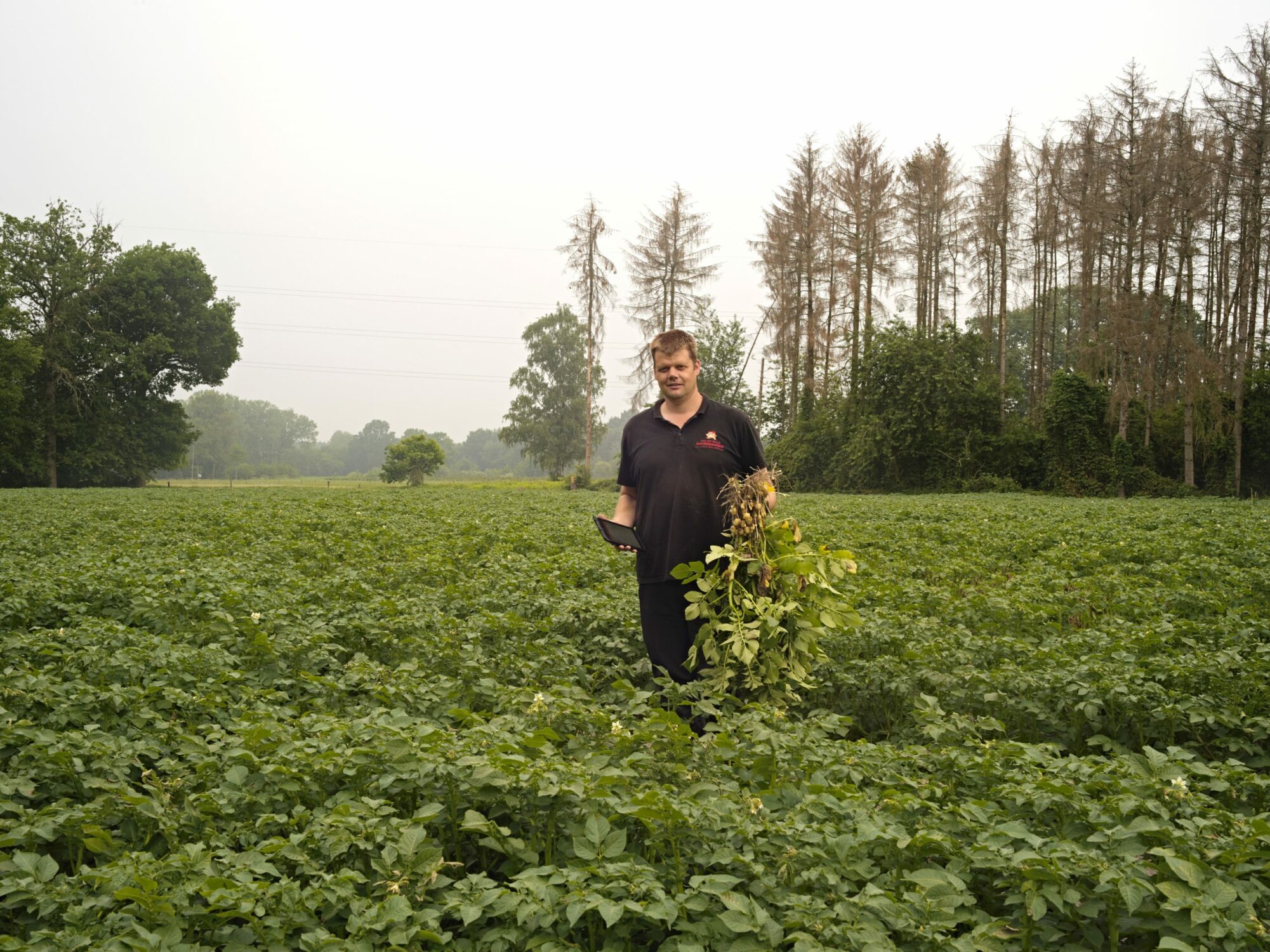
“We always ask the question: What would Mother Nature do without Man.”
Jacob van den Borne
Noord-Brabant, the Netherland
A high degree of automation means he is able to work all these plots with a staff of just six.
Jacob van den Borne’s farm is also a practice centre for precision agriculture, part of the Proeftuin voor Precisielandbouw which collaborates with ZLTO, Proefboerderij Rusthoeve, Delphy and several educational institutions.
The centre was set up with the aim of passing on to a younger generation the knowledge about precision agriculture that it has built up over the past twelve years.
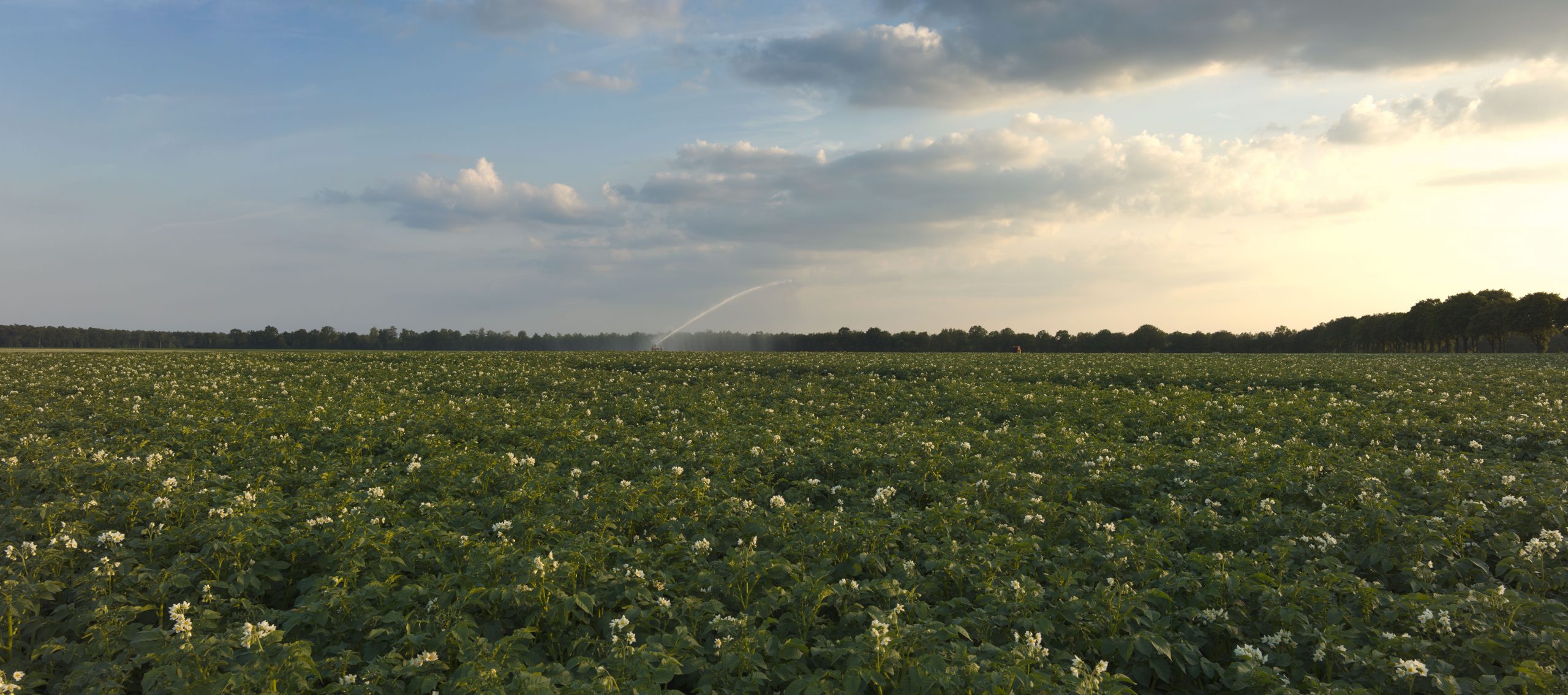
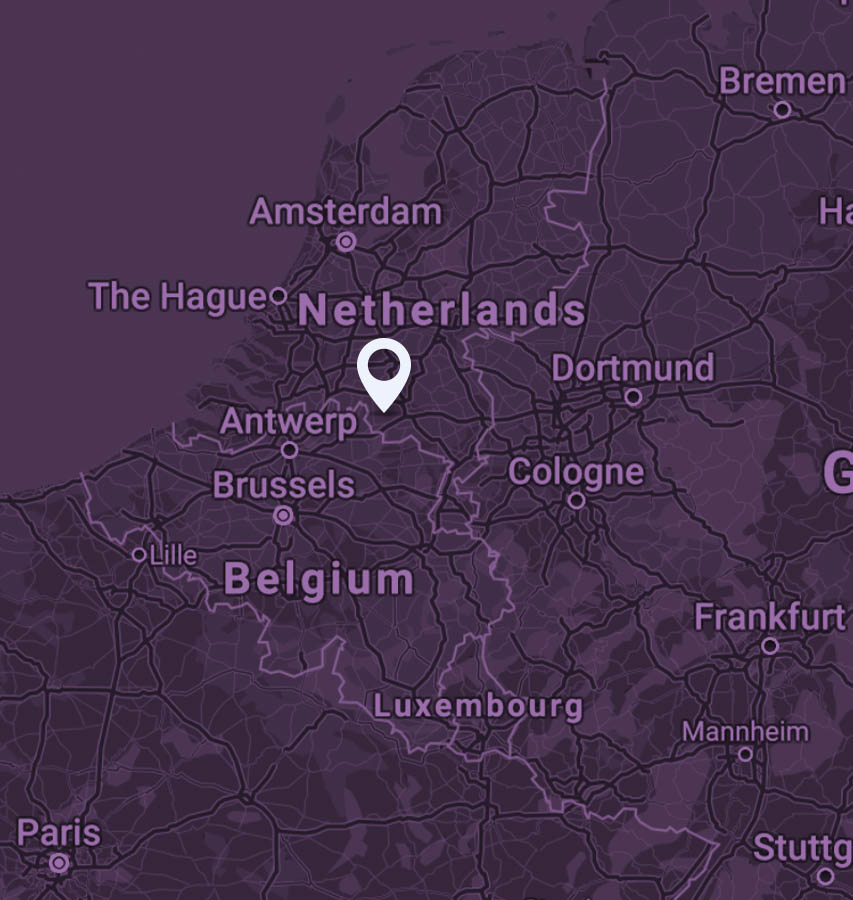
“We're placing sensors everywhere to find out how processes actually work."
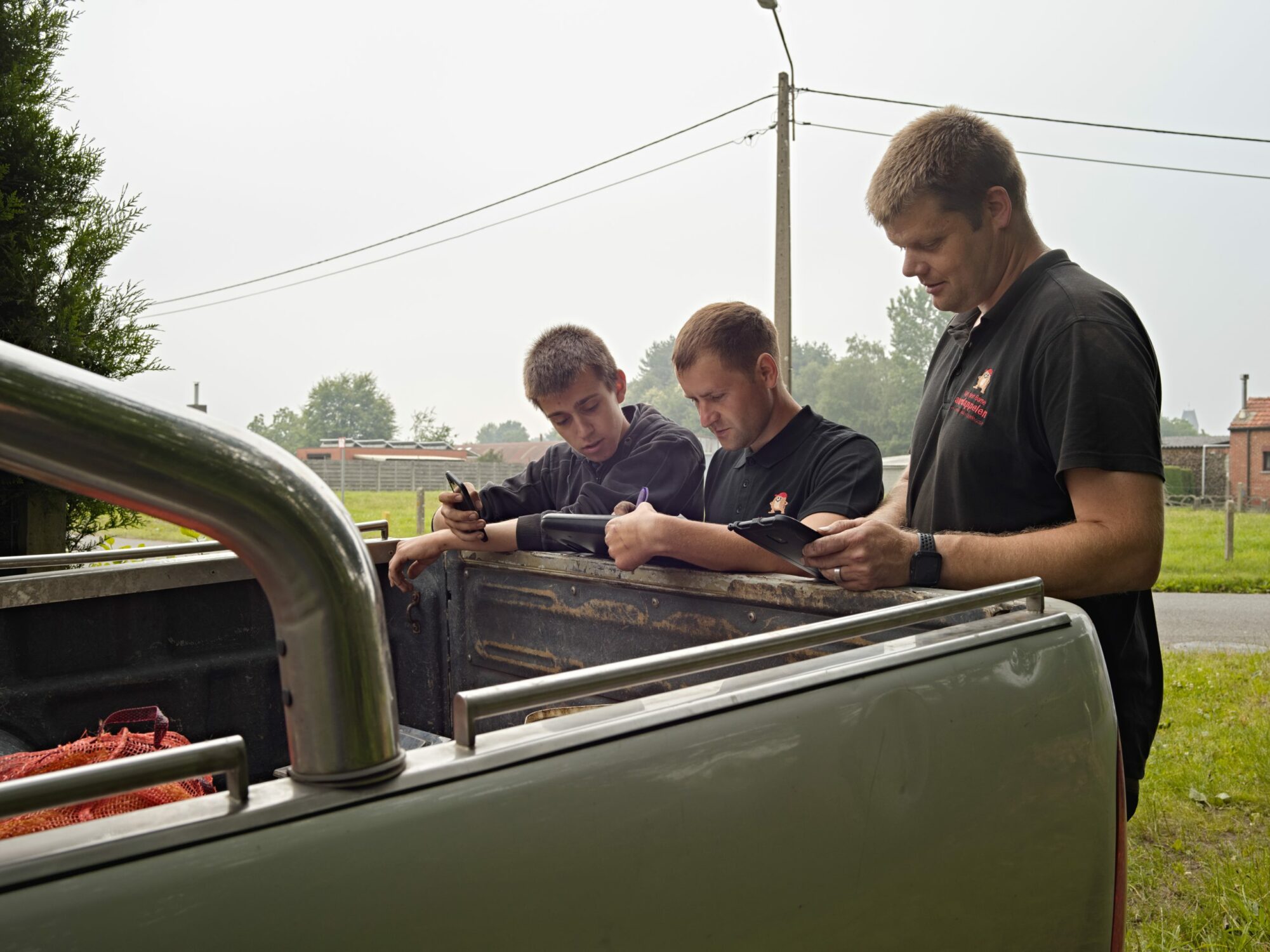
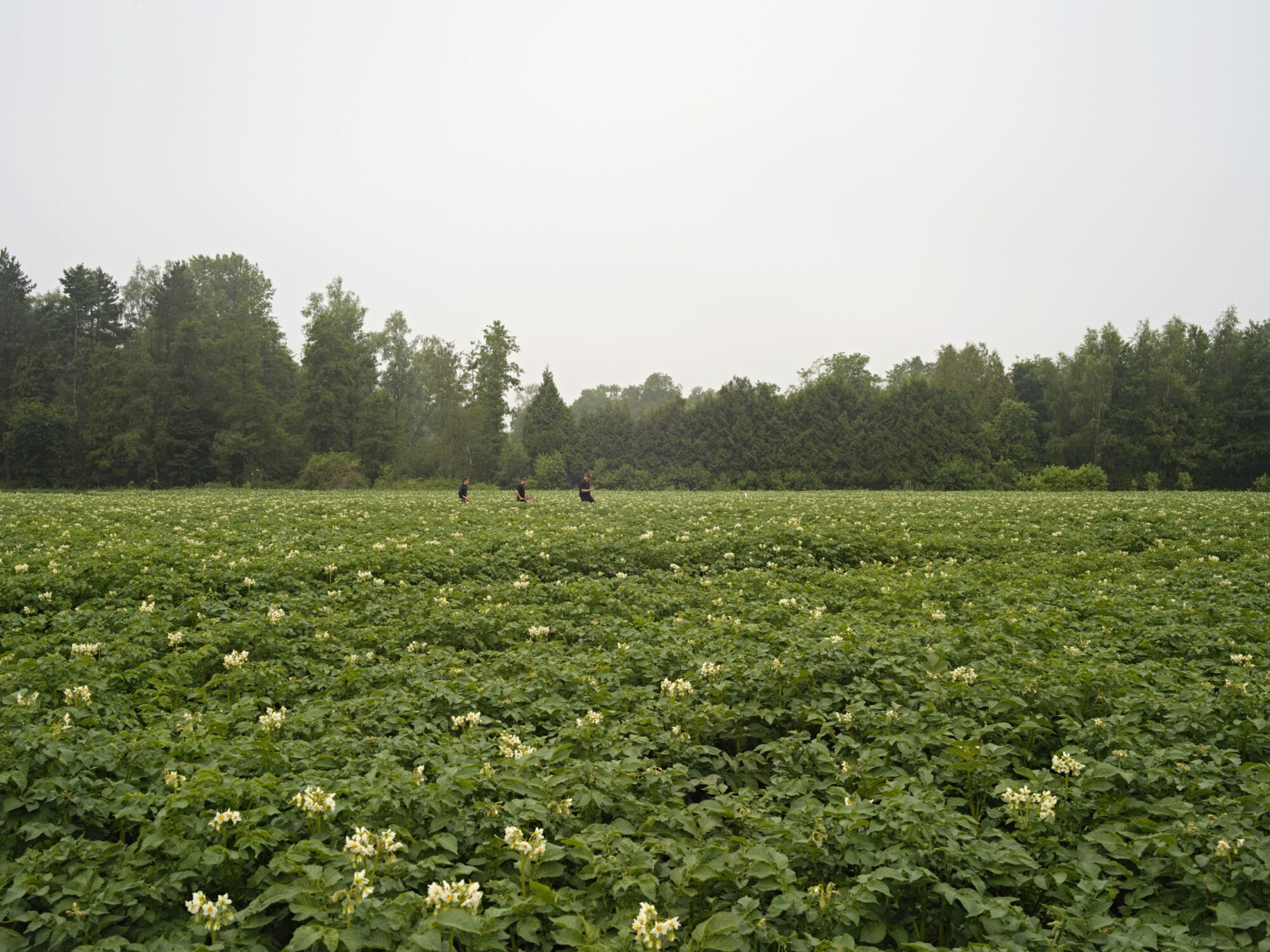
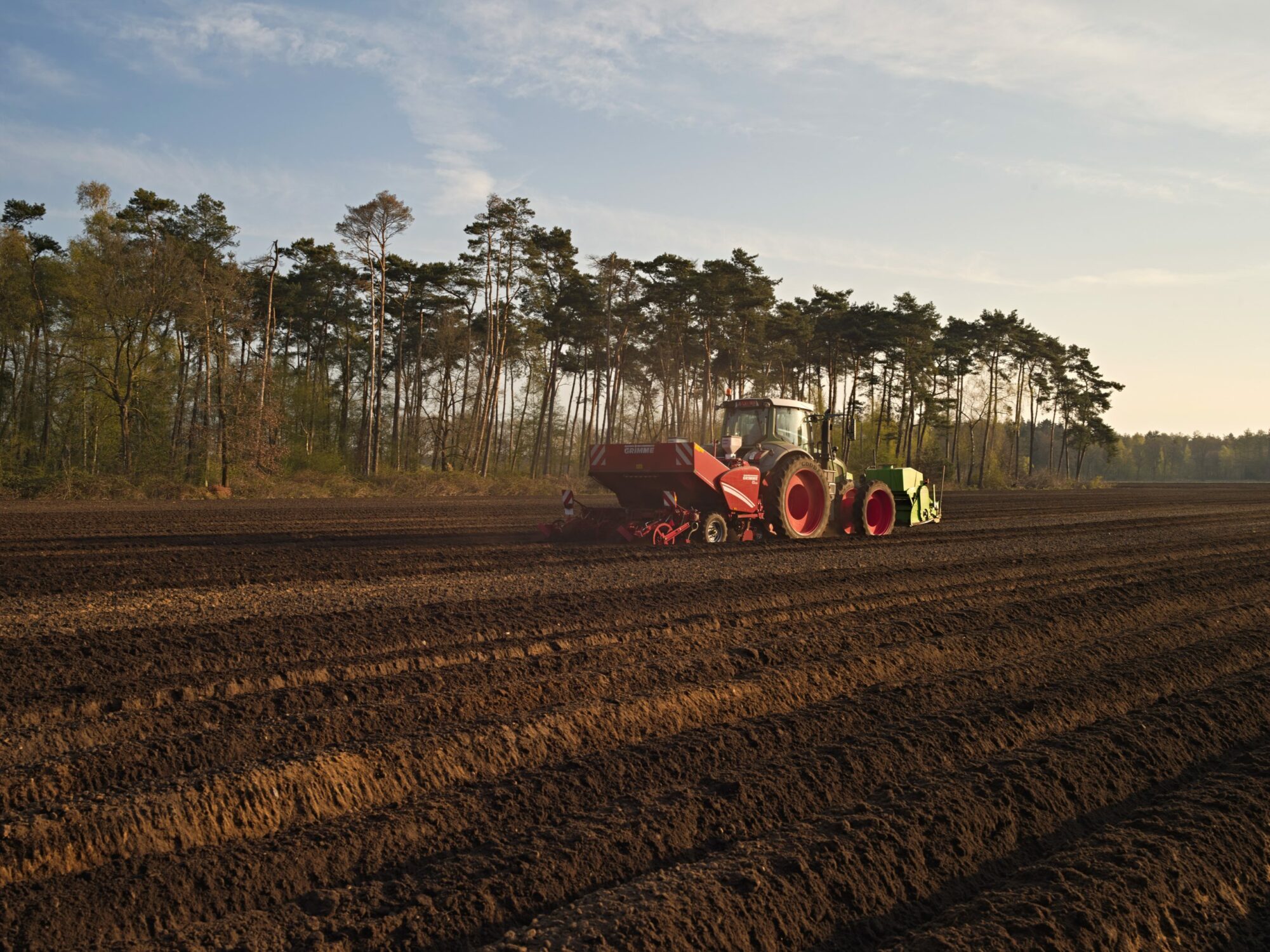
“Many people think agriculture is a completely forced model that has nothing to do with Mother Nature...
Observe – Diagnose – Decide – Implement
Various technologies such as GPS, sensor technology, IT and robotics are deployed in precision agriculture for place-specific cultivation. Work at plant level forms the basis for further optimization of production and for making cultivation more sustainable.
To achieve this, sensors are required for the observation of crops and/or the soil (observe). Based on values given by the sensors, specific software with decision-making rules and models can determine the condition of the crop or the soil and identify any failings or requirements (diagnose) and work out whether plant-specific treatment is needed and if so which (decide). Finally, the treatment must be implemented by the correct instruction of machines (implement). After evaluation, the process begins again.
The difference between this and traditional agriculture is that instead of decisions as to what should happen being made at the level of the field, precision agriculture addresses the crop per square metre or even per plant.
Source: WUR
...while in fact we’re doing the opposite. We make a living by listening carefully to Mother Nature.”
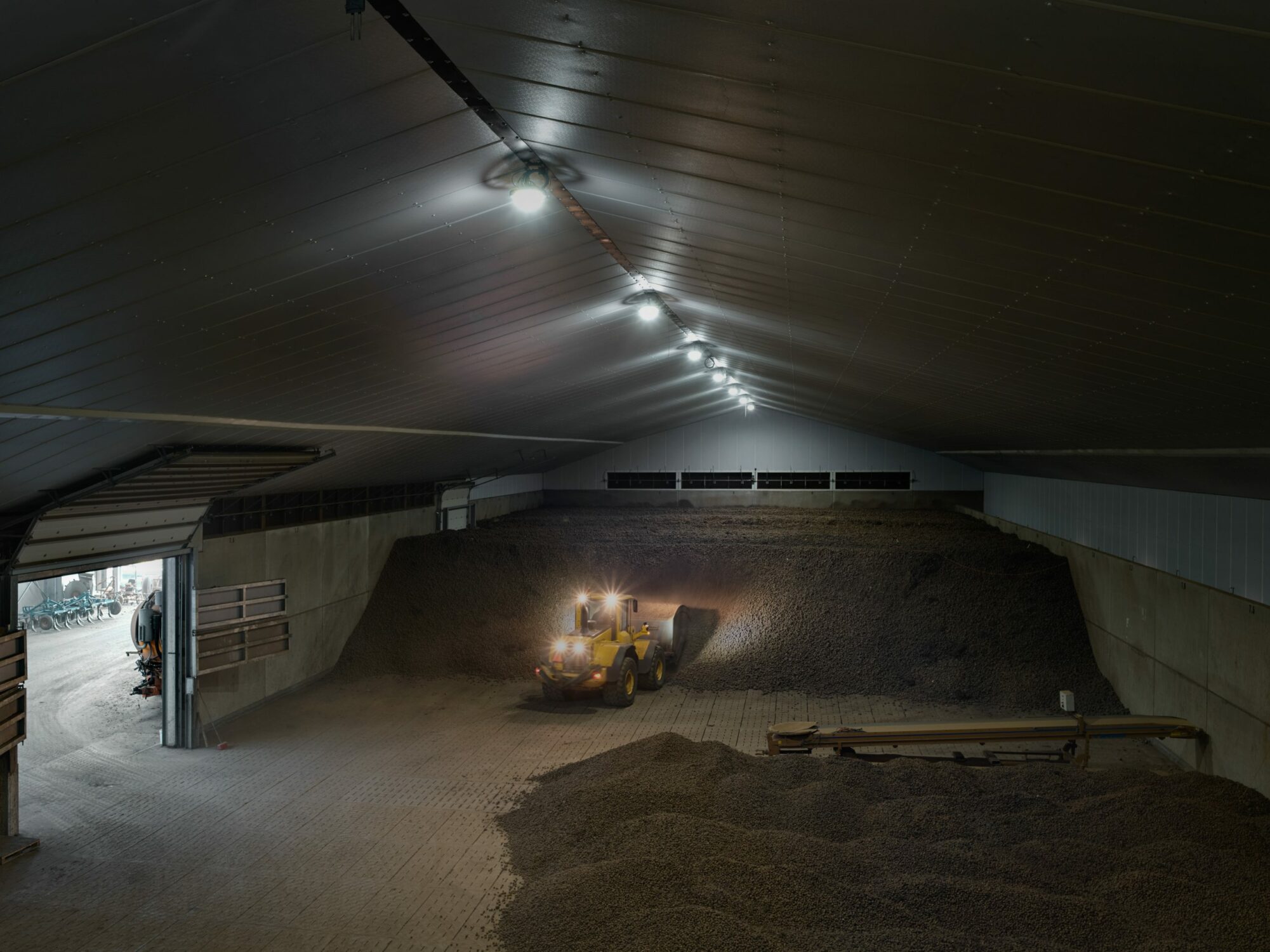
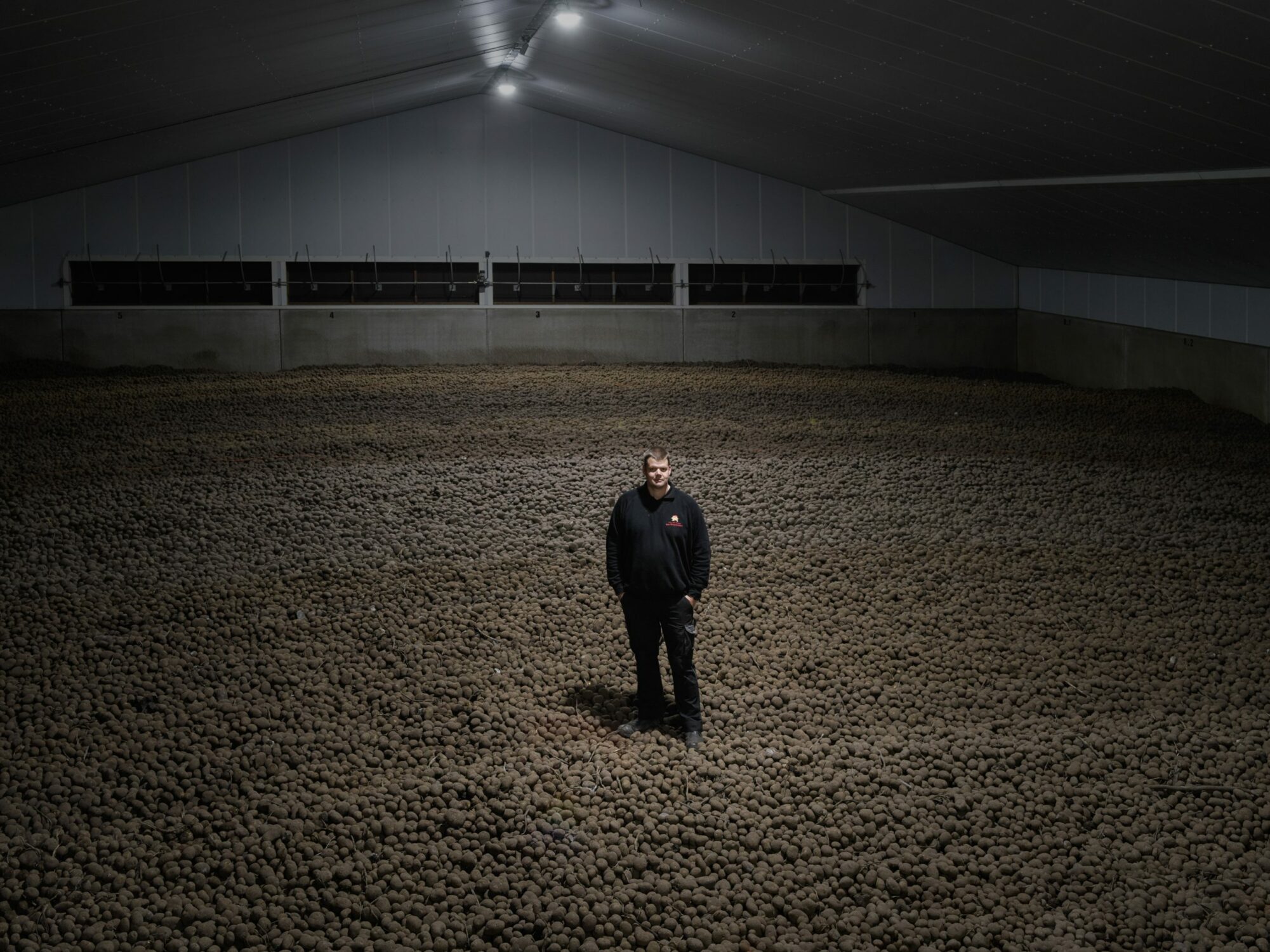
“There is a lot of knowledge of agriculture in the Netherlands, but we must make sure we get this knowledge to the farmers.”
Jacob van den Borne
Noord-Brabant, the Netherland
Learning from Nature
The future of Agriculture; three developments, three dedicated growers.
